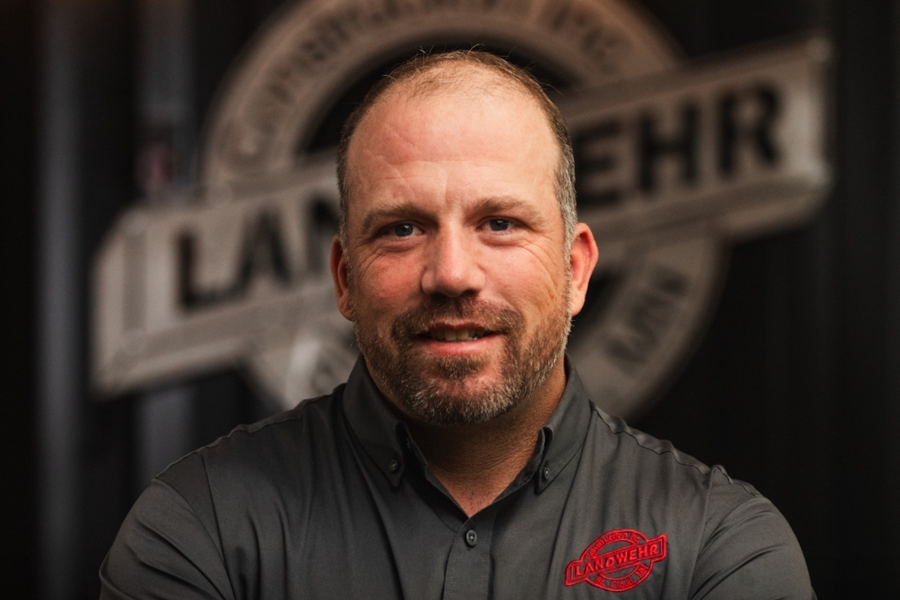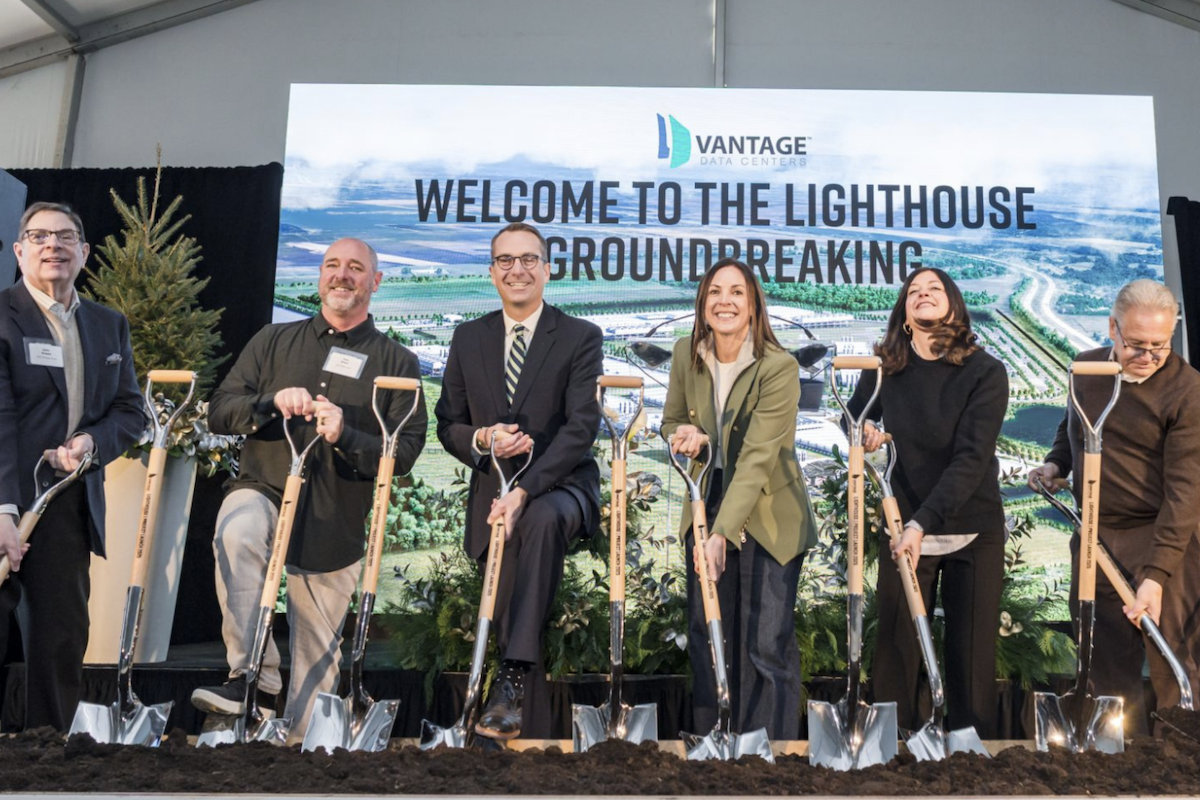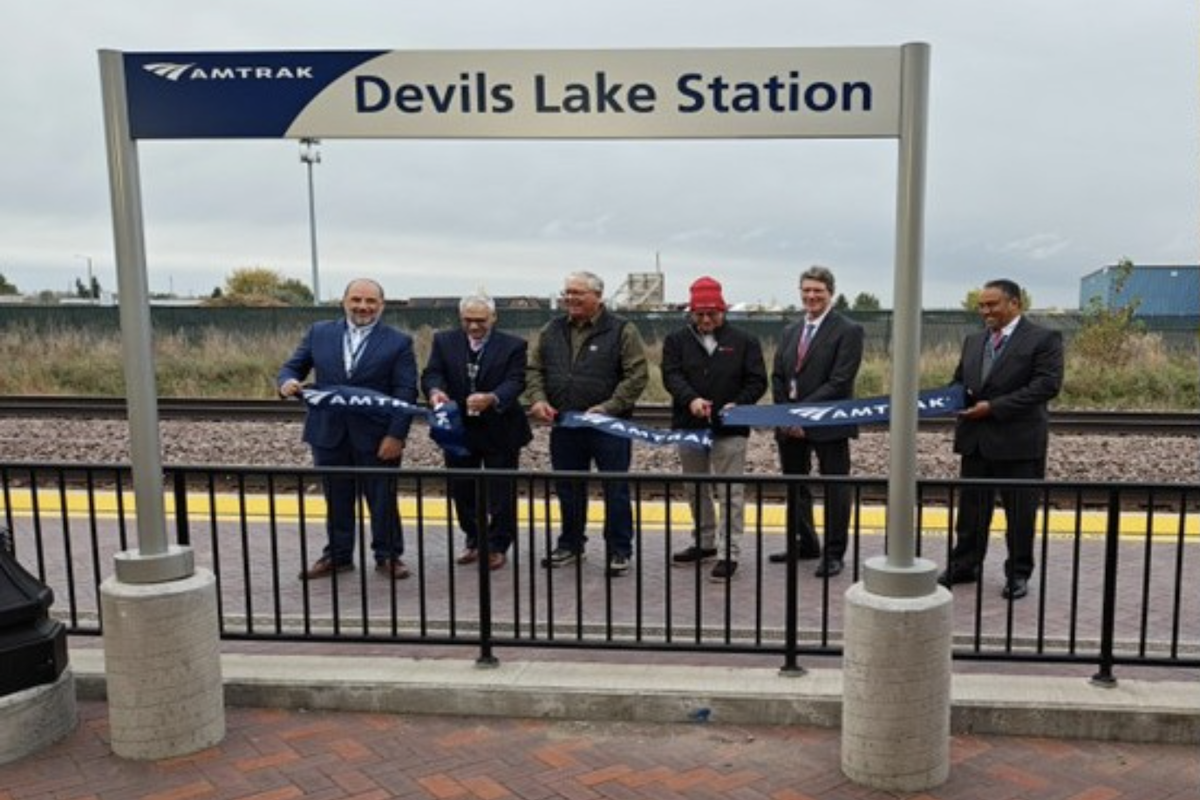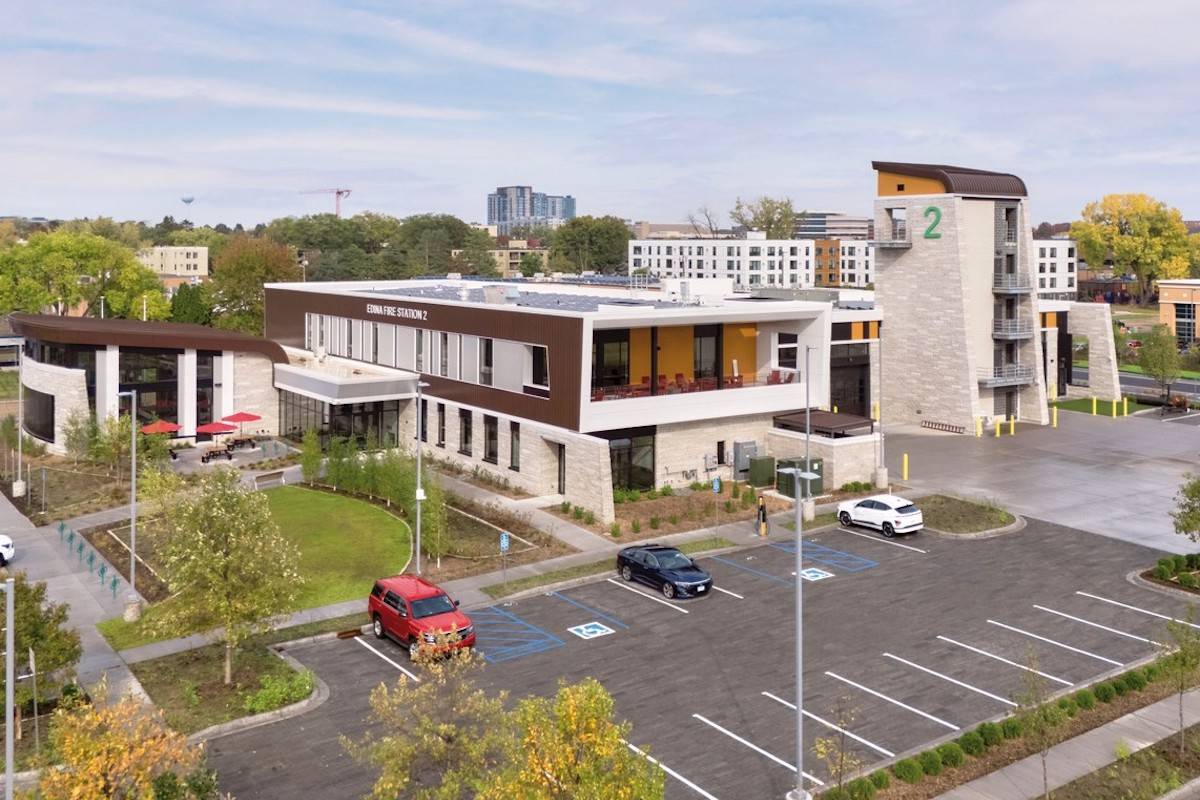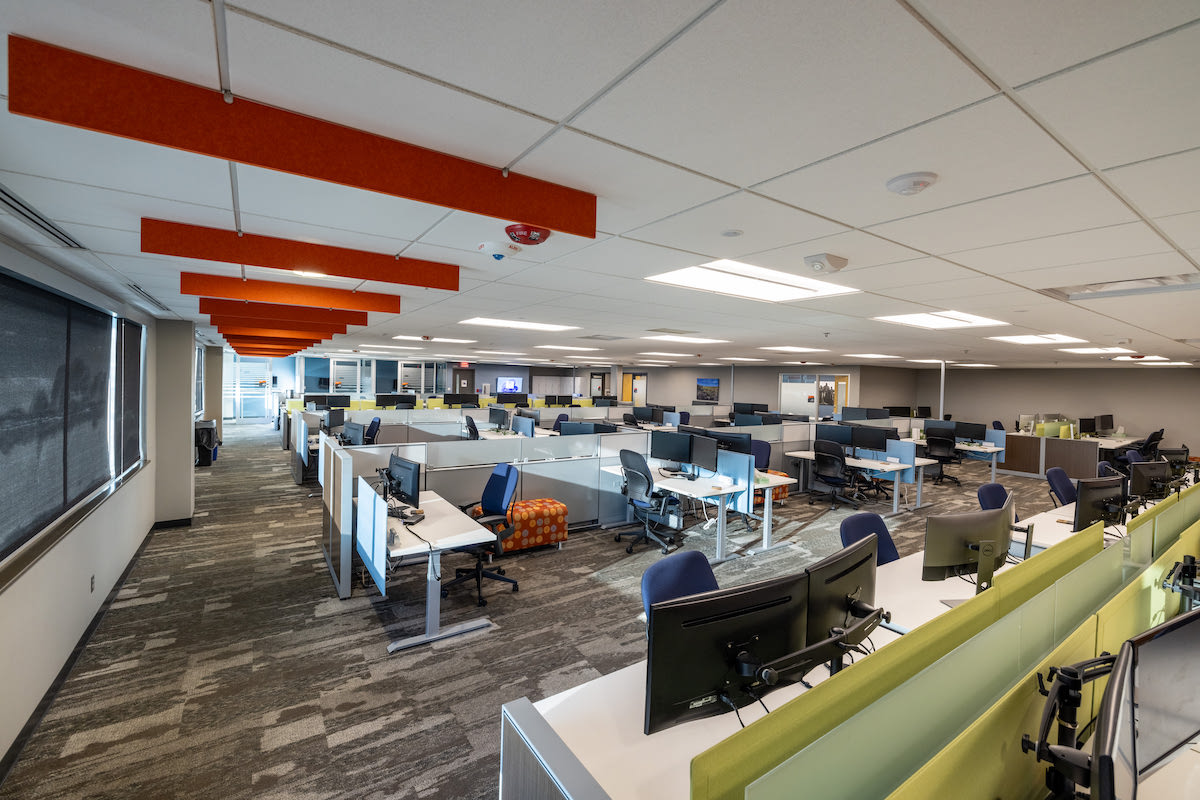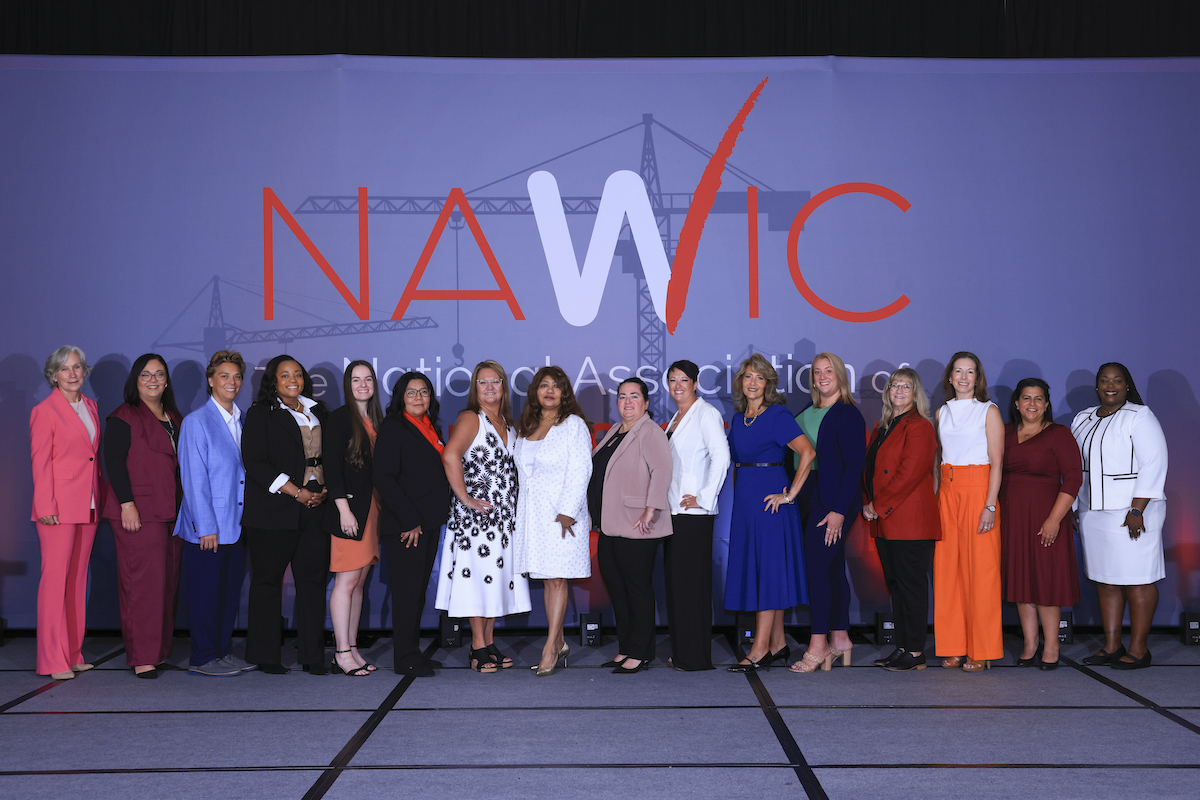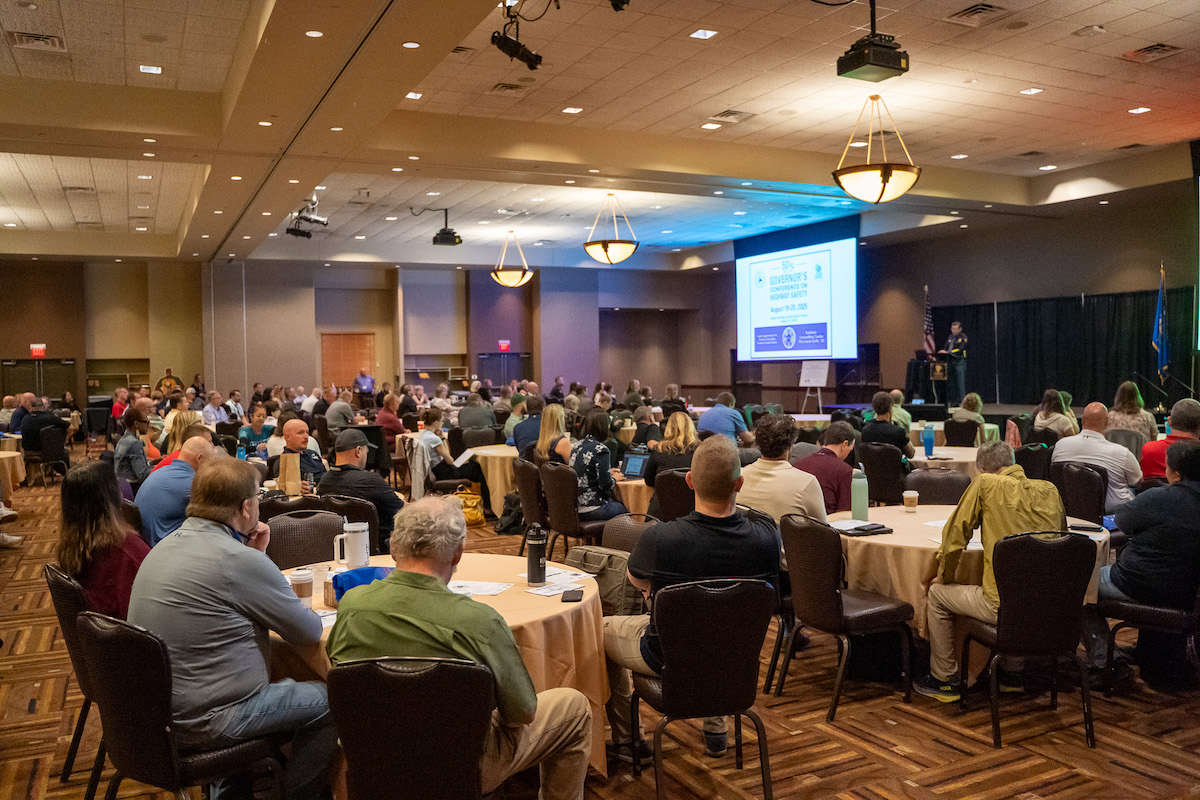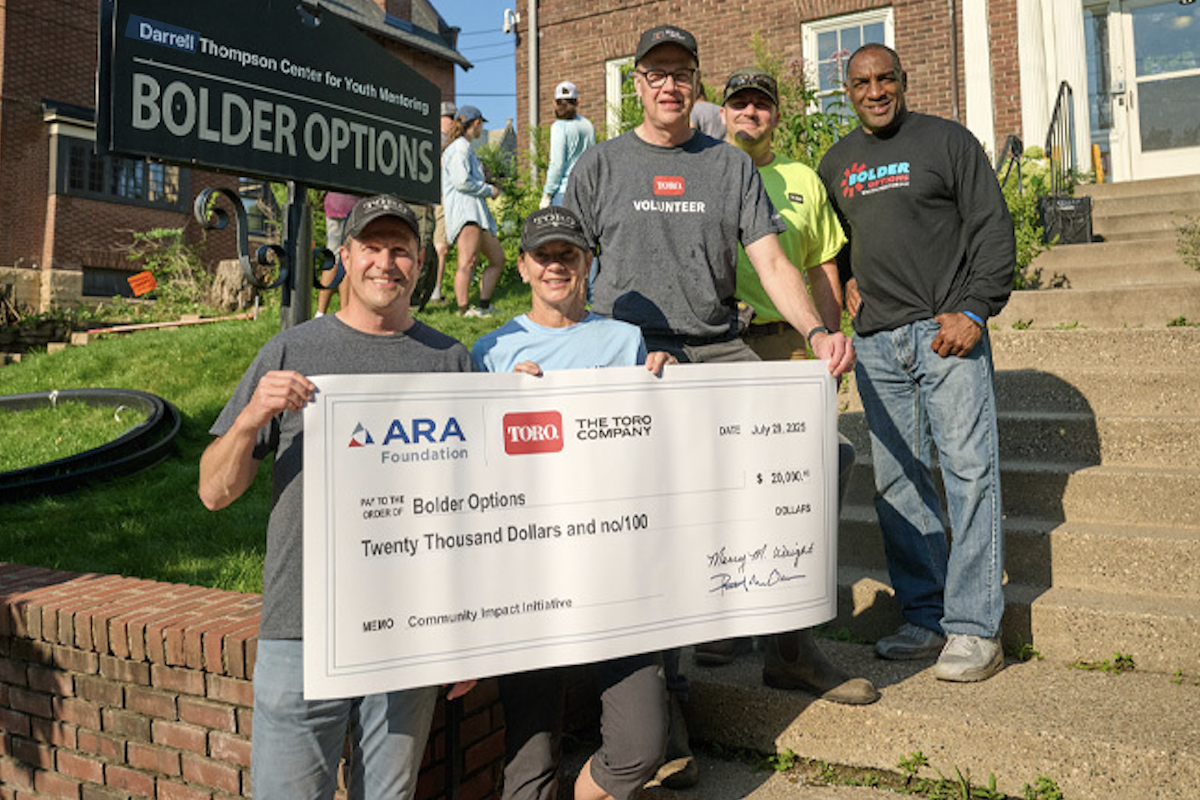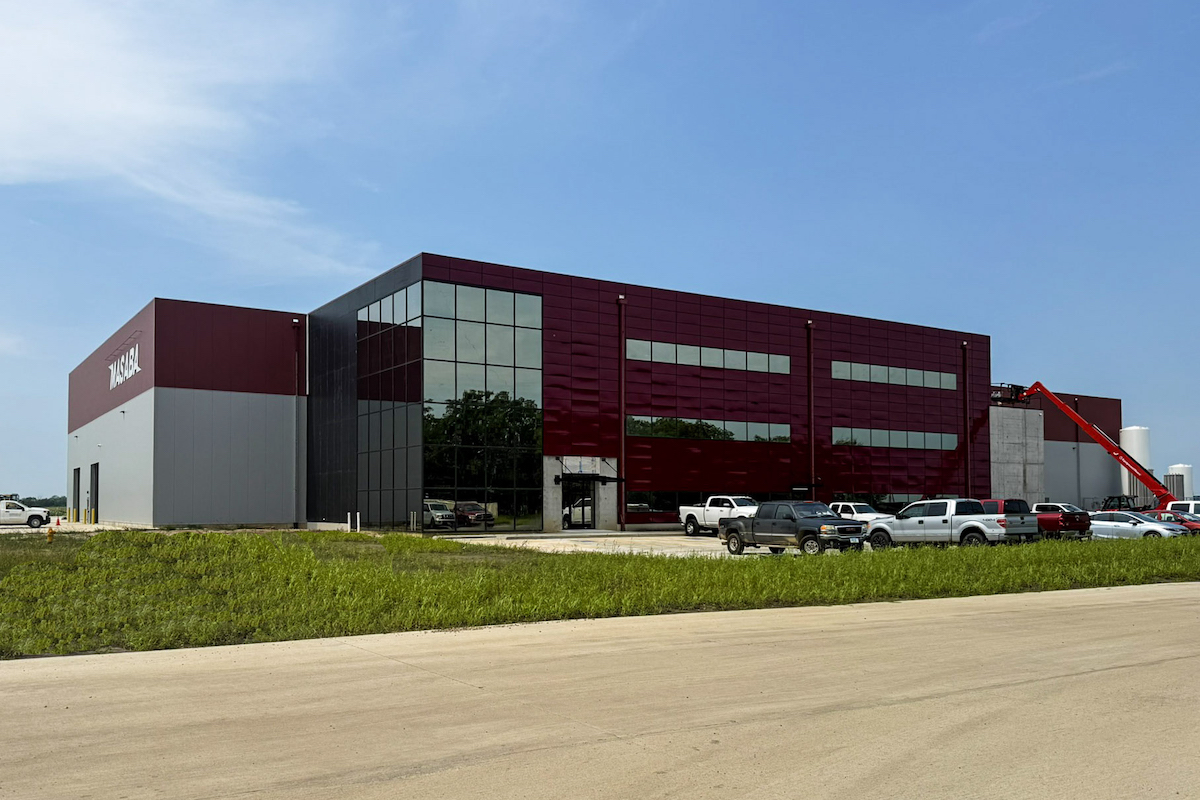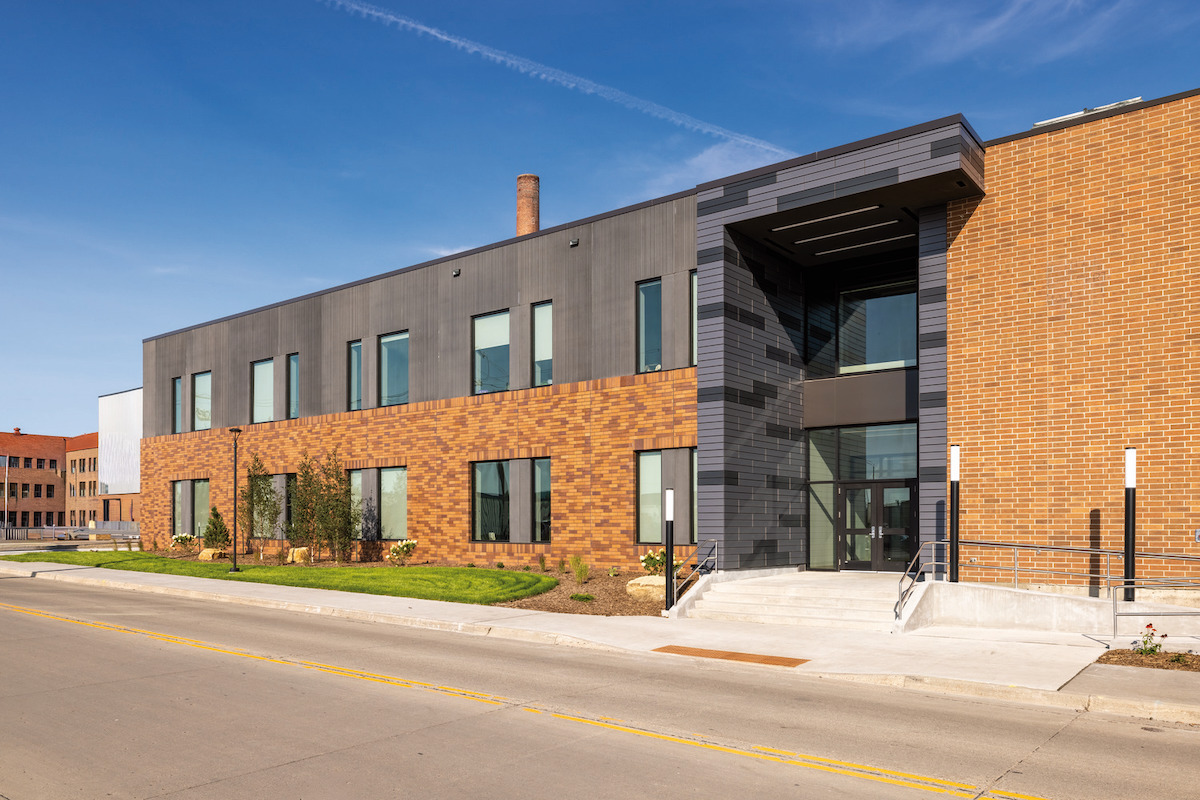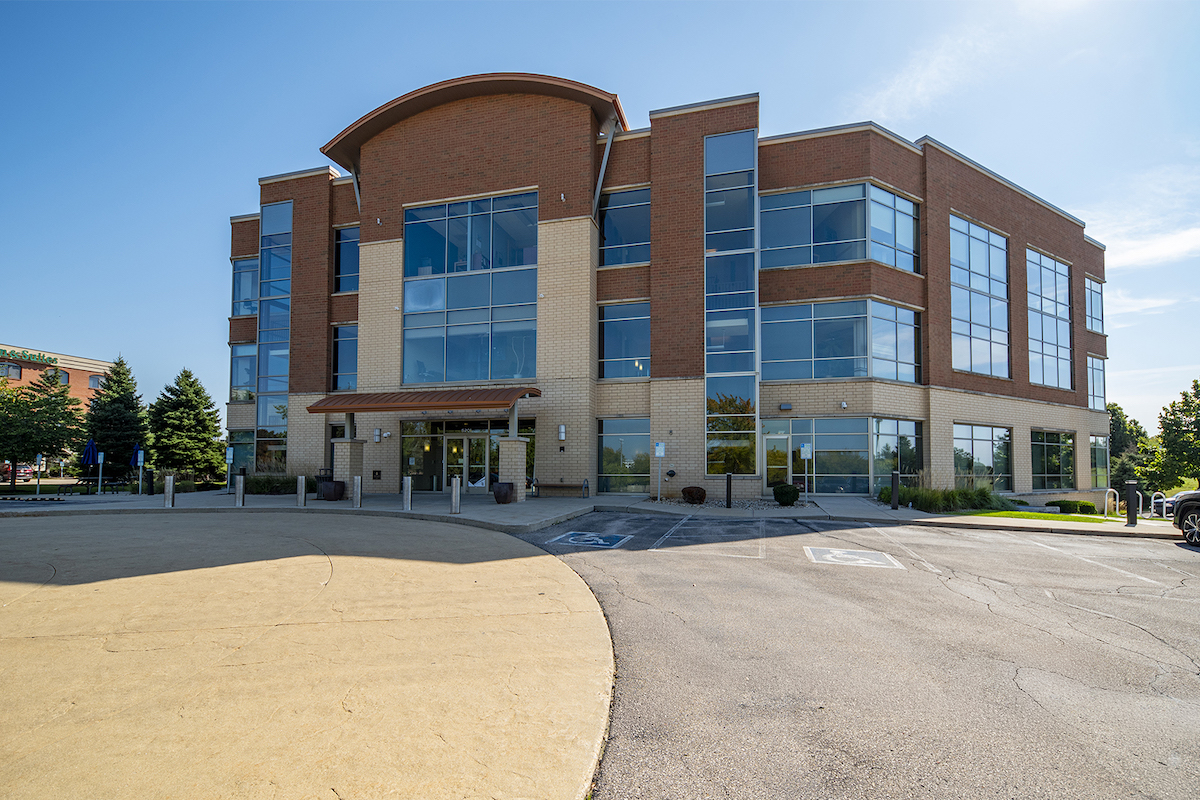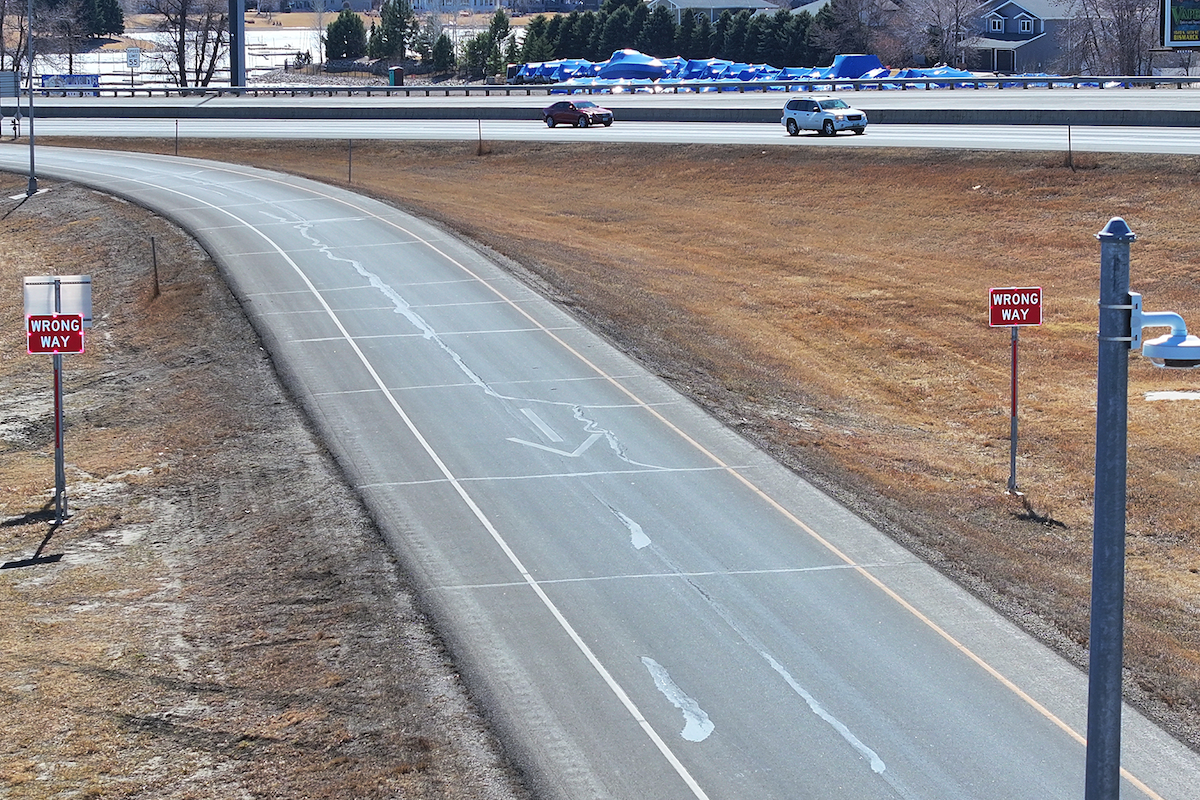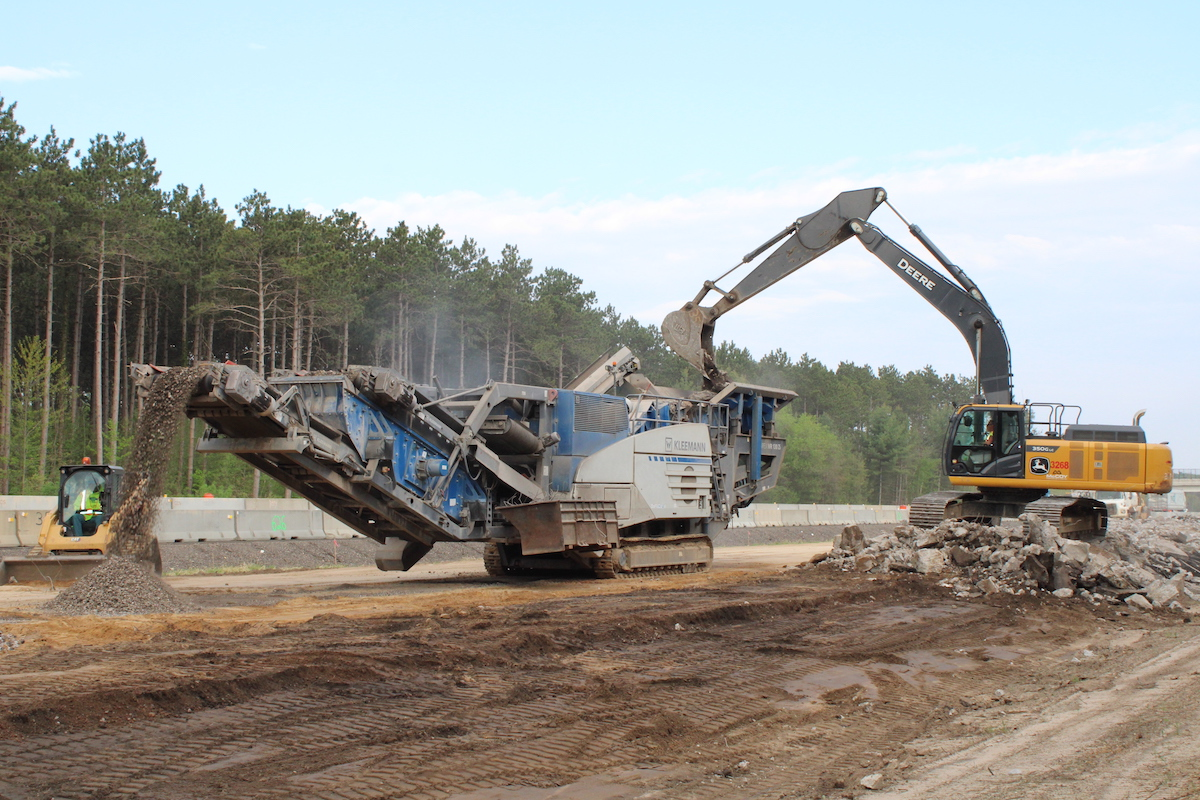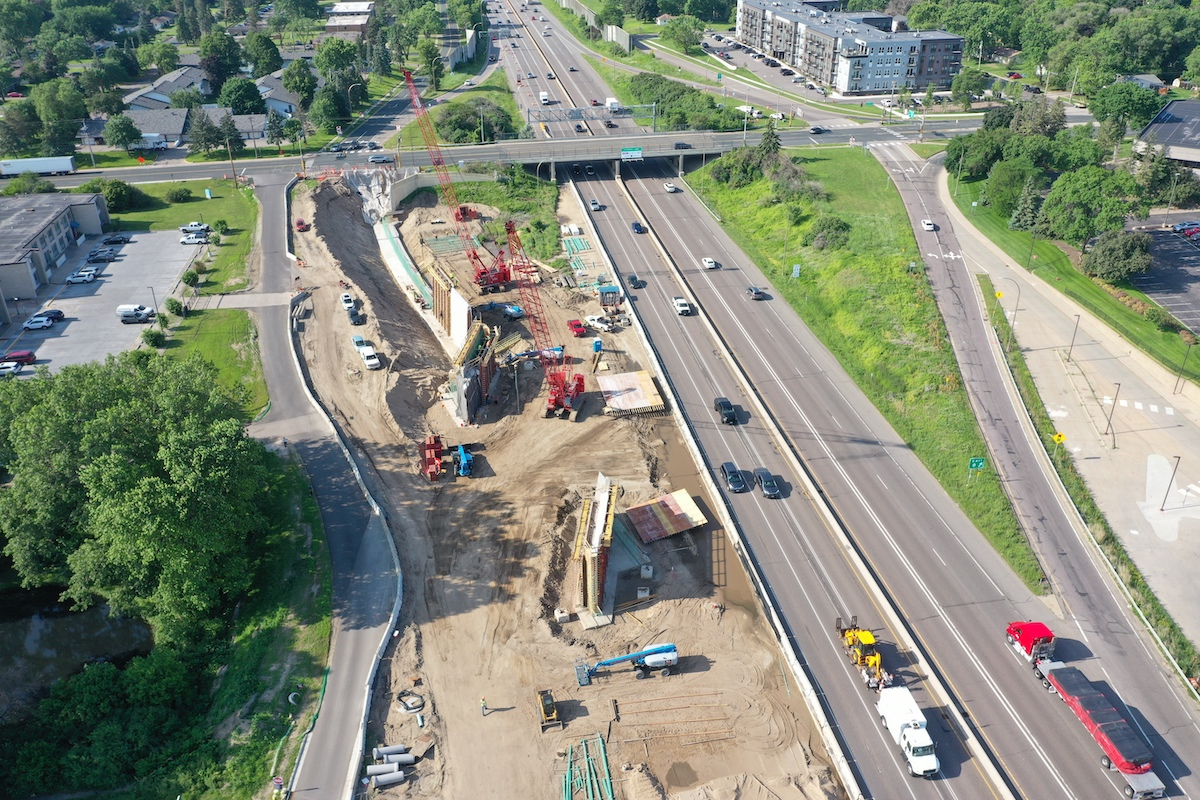To meet these pressing demands, the Colorado Department of Transportation (CDOT) is delivering several major projects, including the massive I-25 North Express Lanes Project in the northeastern part of the state. These multifaceted improvements to the I-25 corridor hinge on adding express lanes between the burgeoning communities of Denver and Fort Collins to provide motorists with more reliable, predictable travel times.
CDOT’s long-term vision is to achieve a roadway configuration of three general-purpose lanes and one express lane in each direction between U.S. 36 and SH 14. The state transportation agency also plans to replace aging bridges, upgrade interchanges, and expand multimodal connections throughout the 65-mile project corridor.
Originally, the ultimate buildout of the I-25 North Express Lanes Project was estimated to cost $2.18 billion (in 2009 dollars) and take until 2075 to complete. However, to reduce costs and shorten the timeframe, CDOT is utilizing a phased implementation approach that is responsive and flexible as funding becomes available. Innovative project delivery methods such as design-build contracts are also being considered, as well as unique finding contributions from local counties and towns.
The most recently completed section, spanning 6 miles of I-25 between 112th Avenue and Northwest Parkway/E-470, commenced tolling operations in June 2020. CDOT chose Seattle, Washington-based Graham Contracting Ltd. to lead the $21.5 million construction effort. Along with adding new express lanes, the general contractor resurfaced the existing roadway to improve driving conditions, built a new auxiliary lane along northbound I-25 to connect the 136th Avenue on-ramp to the 144th Avenue off-ramp, and performed various drainage and utility upgrades.

| Your local Gomaco dealer |
|---|
| Swanston Equipment Co |
| Hayden-Murphy Equipment Co |
CDOT is currently focused on segments 6, 7, and 8, which encompass roughly 30 roadway miles between SH 56 in Mead and SH 14 (Mulberry Street) in Fort Collins. Multiple prime contractors will complete work in these sections, with total construction costs estimated to be around $750 million. Fiel notes that CDOT is still seeking funding to complete segments 4 (SH 7 to SH 66) and 5 (SH 66 to SH 56).
For segments 7 and 8, CDOT awarded a $302 million contract to another joint venture comprising Kraemer North America and Interstate Highway Construction (Kraemer/IHC). Since September 2018, crews have been working to add an express lane in both directions between SH 14 (Mulberry Street) in Fort Collins and SH 402 in Johnstown. Other project highlights include widening the Great Western Railway and Big Thompson River bridges, replacing the Cache la Poudre River and Union Pacific Railroad bridges, adding bus slip ramps from I-25 to the new Park-n-Ride at Kendall Parkway, and creating new pedestrian and bicycle access under I-25 at Kendall Parkway.
Increasing the heights of the Cache la Poudre River bridges will serve two important purposes. In addition to reducing flood-related risks for I-25 travelers, the taller structures will accommodate a new connection to the iconic Poudre River Trail, which runs in an east-west direction between the Greeley and Windsor communities. This effort is part of a larger plan to extend the 21-mile paved recreational trail to 45 contiguous miles by 2023. Once completed, the trail system will connect more than 400,000 estimated annual users to other regional trails and local trails, parks and schools, residential and commercial areas, mass transit networks, and other amenities.
Last year, CDOT received another $200 million from the state for the section between Fort Collins and Johnstown, which previously lacked funding to complete all elements of the permanent alignment outlined in the base project scope. With the additional funding, CDOT will be able to build these segments to the final alignment, including reconstructing bridges at U.S. 34 in Loveland and at Kechter Road in Fort Collins. Multiple prime contractors will perform the remaining work, which will save taxpayers hundreds of millions of dollars in the long run by handling these improvements now versus toward the end of the Phase 1 timeline.
More recently, the coronavirus pandemic has created various productivity and logistical hurdles as project team members comply with federal and local guidelines to protect workers on the job. To keep construction moving forward, contractors and their subs have had to lean more heavily on digital-based processes. In early April 2020, for instance, a concrete supplier developed an app that allows team members to view concrete batch tickets electronically, instead of printing the information. Though spurred by a global crisis, the push to be more tech savvy may prove rewarding by making construction processes more seamless and efficient in the future.

| Your local Komatsu America Corp dealer |
|---|
| Road Machinery and Supplies Company |
Enhanced interchange designs are another crucial component of CDOT’s systematic, statewide approach to safety. According to the project’s Final Environmental Impact Statement dated August 2011, many of the interchanges along I-25 were built before 1966 and were designed to operate in a rural, low-volume environment. Hence, they do not have the capacity to safely or efficiently accommodate the higher-traffic volumes that are prevalent in today’s flourishing Colorado communities.
In October 2019, CDOT celebrated the opening of a new-and-improved interchange at I-25 and SH 402. Originally, SH 402 ran beneath the interstate, but the “flipped” interchange design now directs highway traffic over I-25. The modernized infrastructure also smooths out horizontal and vertical curves on I-25 and includes new pedestrian and bike facilities on SH 402.
Crews are now rebuilding the interchange at I-25 and SH 56 in a similar fashion. “The SH 56 curve is substantial,” Fiel comments, “and both curves have been areas that have caused slowdowns and issues, such as traffic accidents, in the past.”
“Other improvements include adding fiber all the way for camera access and, perhaps, connected vehicle travel in the future,” he adds. “We are also making U.S. 34 wider across I-25 and adding shoulders to bridges at U.S. 34 and Prospect Road. Adding a wider northbound off-ramp access at Harmony Road will reduce congestion and cars backing up onto the interstate.”
To boost safety even further, CDOT has been working in phases on a complementary project to install tensioned cable barriers in strategic areas along the I-25 median. An economical alternative to rigid or semi-rigid barrier systems, this solution is highly effective in preventing cross-median crashes and tends to cause less-severe damage to impacting vehicles. The cable tension wires are also easy to maintain and quick to repair if the barrier is damaged.

| Your local Trimble Construction Division dealer |
|---|
| SITECH Northwest |
Between May and August 2020, crews led by prime contractor Scott Contracting, Inc. are scheduled to install the cable guardrail system in two northern sections of I-25. The $4.5 million job is taking place in Weld and Larimer counties, and includes a segment beginning just north of SH 14 that continues 1.5 miles past Wellington, along with a second segment starting at the Wyoming border that stretches south for 7.5 miles.
For CDOT, providing safe infrastructure for the traveling public is just as critical as improving mobility and traffic operations. This perspective aligns with the state transportation agency’s Whole System, Whole Safety initiative, which addresses human factors, physical assets, and organizational culture to fully integrate safety in everything that CDOT does.
“The goal is to improve the safety of Colorado’s transportation network by reducing the rate and severity of crashes, and improving safety conditions for those traveling by all transportation modes,” says CDOT Executive Director Shoshana Lew. “The program has one simple mission: to get everyone home safely.”
Jill Hunsaker Ryan, Executive Director of the Colorado Department of Public Health and Environment, concurs. “Traffic crashes place an enormous strain on our health care system,” she says. “Just about every crash is preventable, so we embrace CDOT’s efforts to double down on safety and get everyone home to their families.”














